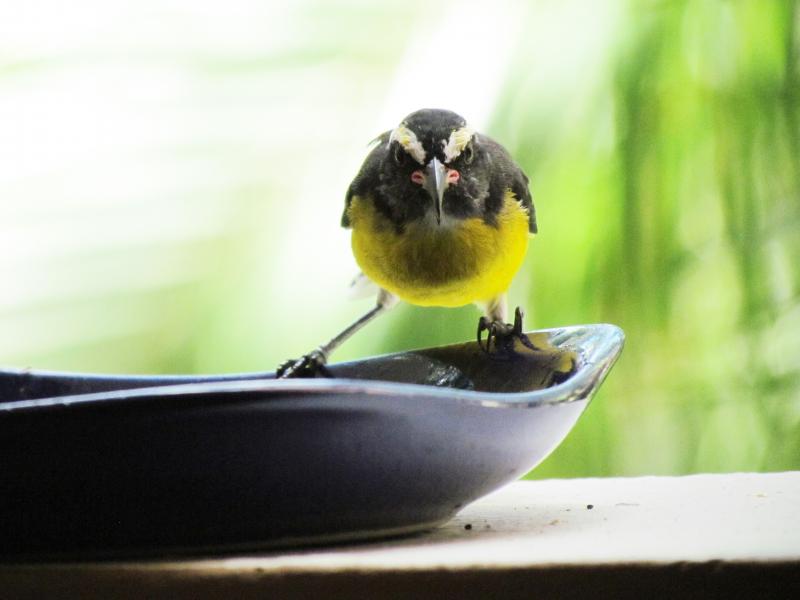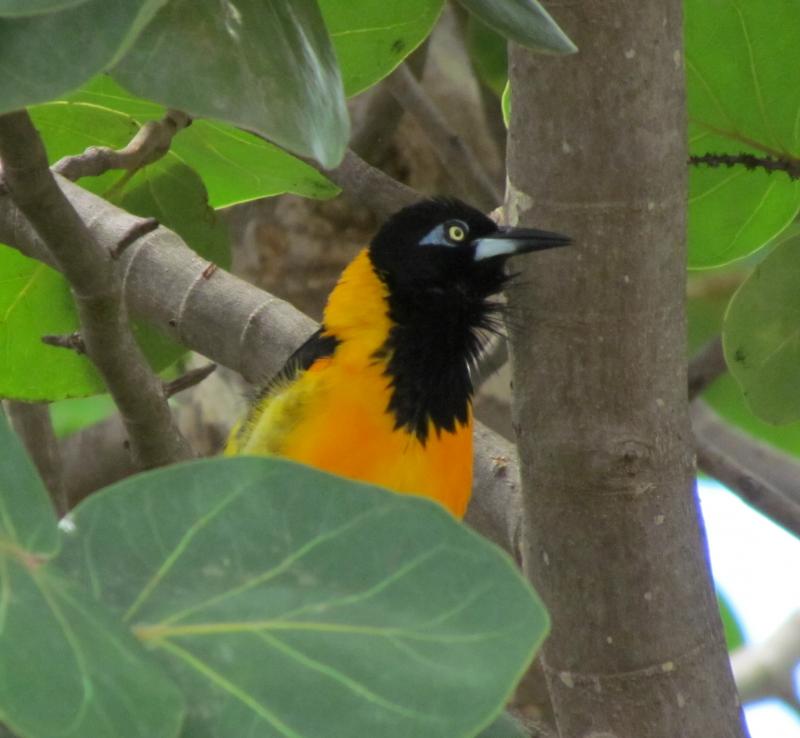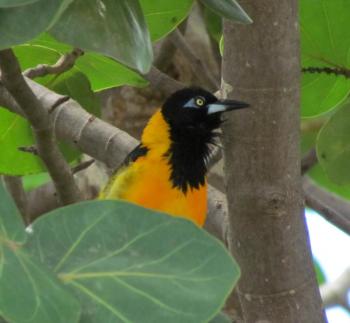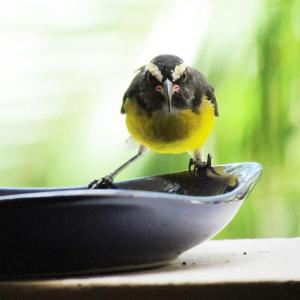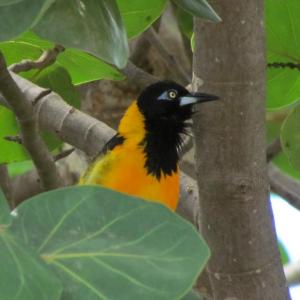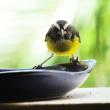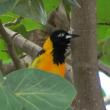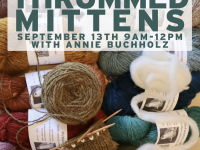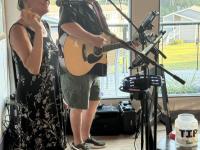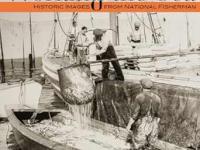Bananaquits and Troupials Await on Aruba, Bonaire, and Curaçao
As we gaze out on a newly white landscape coated with the snow from our first significant winter storm of the season (and incredibly beautiful it is!), we find our minds wandering back to a short, pre-Thanksgiving visit we made to Aruba. The island of Aruba sits only a scant 17 miles from the shores of the South American continent, off western Venezuela’s Paraguana Peninsula. The island is now an independent country but still considered part of the Kingdom of the Netherlands, and it and its nearby sibling islands of Curaçao and Bonaire show the legacy of their long histories as part of the Dutch sphere of influence.
Many of you will know that we began visiting Aruba more than 25 years ago, originally as part of a jazz band that performed at some of the resorts. We found it a wonderful way to combine our love of music and birds. Over time we made our way to Curaçao and Bonaire as well. When we first visited the islands, there were very few resident birders and only a long out-of-date field guide to the birds available to use to learn the birds. We began learning as much as possible about the birds and birding locations of the islands and decided to formalize that knowledge into a book, “Birds of Aruba, Bonaire, and Curacao: A Site and Field Guide,” which was published by Cornell University Press in 2017.
For a visitor from New England arriving on Aruba (or Curaçao or Bonaire), the senses can become overwhelmed—the turquoise blue ocean, white sand beaches, swaying palm trees, tall cactuses, and yes, the bright sunshine, warm breeze, and mid-eighties temperatures—all hit you almost immediately as you step off the plane (in our case, an easy nonstop flight from Boston).
For the North American birder, there are some familiar bird friends that visit for the winter, a nice compliment to the delights of brightly colored tropical species that will be completely new if you’ve never visited before. One favorite of so many people is the bananaquit (who couldn’t like a bird with a name like that?). A bit bigger than a chickadee but with a bright yellow belly and black upperparts and a jaunty white eyeline, the bananaquit is a lover of sweets. Bananaquits have a very long tongue that they normally use to probe into flowers for nectar. But they have learned that around outdoor dining locations at hotels and resorts, there is an abundance of sweet juice and syrup, so they are often seen sneaking onto yet-to-be-cleared tables for a sip from a glass or plate. Some have even learned how to pierce the paper sugar packets placed out for coffee, forcing restaurants to keep the packets in little covered boxes. We love to put a little mango juice out for them on the patio of our room when we stay on the island so we can see them up close.
Another favorite bird that you can’t see up here in Maine (or anywhere in the U.S.) but that we often see on the grounds of resorts and hotels on the islands is the bright orange oriole called the troupial. We like to say that the troupial is like a Baltimore oriole on steroids. Troupials are larger and even more colorful (yes, it is possible!) than our stunning Baltimore oriole. Along with the bright orange, troupials also have a blue patch around the eye. Gorgeous, and their loud piping song, “Tru-pee-ol, tru-pee-ol, tru-pee-ol,” is delightful to hear whether it’s ringing over the grounds of a resort or the hills of Arikok National Park.
These are just a few of the colorful and exotic (for those of us from New England) birds that we saw last week in Aruba. Too quickly they’ve become memories as we warm our feet by the heater!
If you or someone you know is headed down to Aruba, Bonaire, or Curaçao this winter, consider getting them a copy of our book to take with them. It’s filled with paintings and photos of the birds they can see, and will help them know where to go to find them. “Birds of Aruba, Bonaire, and Curaçao: A Site and Field Guide” is widely available online including at the website of Cornell University Press.
Jeffrey V. Wells, Ph.D., is a Fellow of the Cornell Lab of Ornithology. Dr. Wells is one of the nation's leading bird experts and conservation biologists and author of the “Birder’s Conservation Handbook.” His grandfather, the late John Chase, was a columnist for the Boothbay Register for many years. Allison Childs Wells, formerly of the Cornell Lab of Ornithology, is a senior director at the Natural Resources Council of Maine, a nonprofit membership organization working statewide to protect the nature of Maine. Both are widely published natural history writers and are the authors of the popular book, “Maine’s Favorite Birds” (Tilbury House) and “Birds of Aruba, Bonaire, and Curaçao: A Site and Field Guide,” (Cornell University Press).
Event Date
Address
United States

